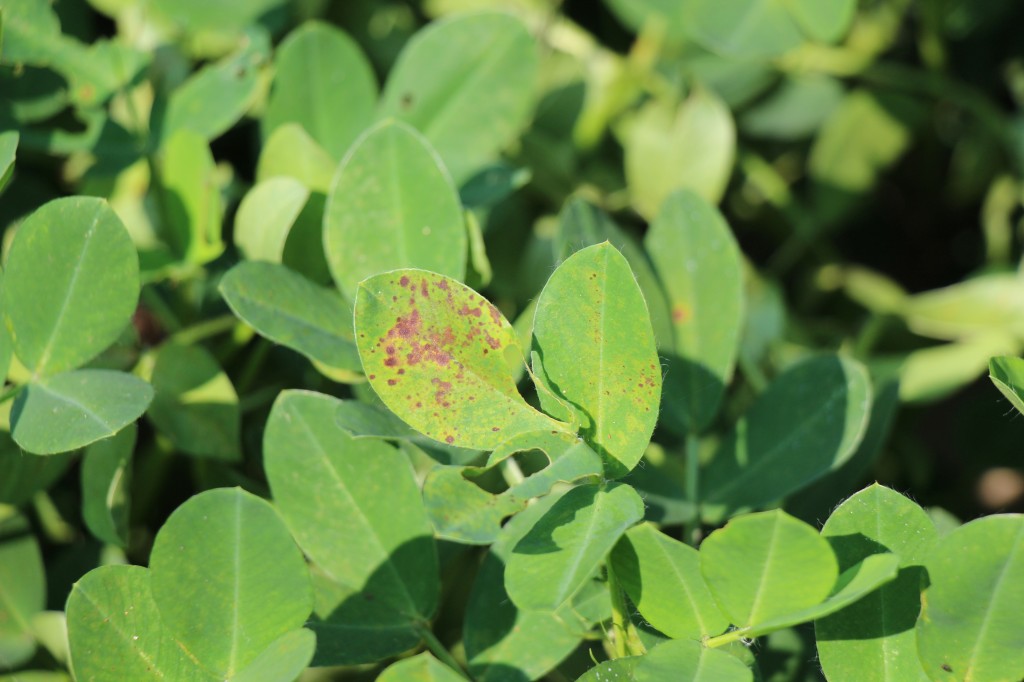We are approaching mid-August, and the insects and mites are staying with us. The two that concern me most continue to be lesser cornstalk borer (LCB) and two spotted spider mite. I have seen several spots in recent days where LCB populations are high enough to kill peanut plants. The pattern has been the same in each case: a relatively small spot in the field will begin to wilt, then yellow, brown and die. Upon inspection, the plants are heavily infested with LCB. In many cases the crown and or tap root will be tunneled.
I have a research field planted near Tifton that has received very little rainfall where I saw significant pod feeding last week. In this case the plants were noticeably drought stressed, but not dying. Because LCB outbreak years are uncommon in Georgia planning research is difficult, and there are gaps in our knowledge regarding the insect’s biology and control. It is impossible to predict what populations are going to do in the coming weeks, but continued hot, dry conditions will certainly favor reproduction and rapid development. While walking through fields yesterday in Cook County, we saw A LOT of LCB moths.
Please continue to monitor fields closely for spider mites. Infestations can sneak up on us and get out of control quickly under optimum conditions. As I have written previously, we want to stay away from pyrethroids if possible when mites are in the field. While bifenthrin and fenpropathrin both have activity against spider mites, population resurgence is common within a couple weeks of application.
I applied Comite II in a research trial two weeks ago and got good control of a building mite population. There was some foliage burn from the product (see pic below). Two applications of Comite will often be needed as the product does not effectively control the egg stage.
